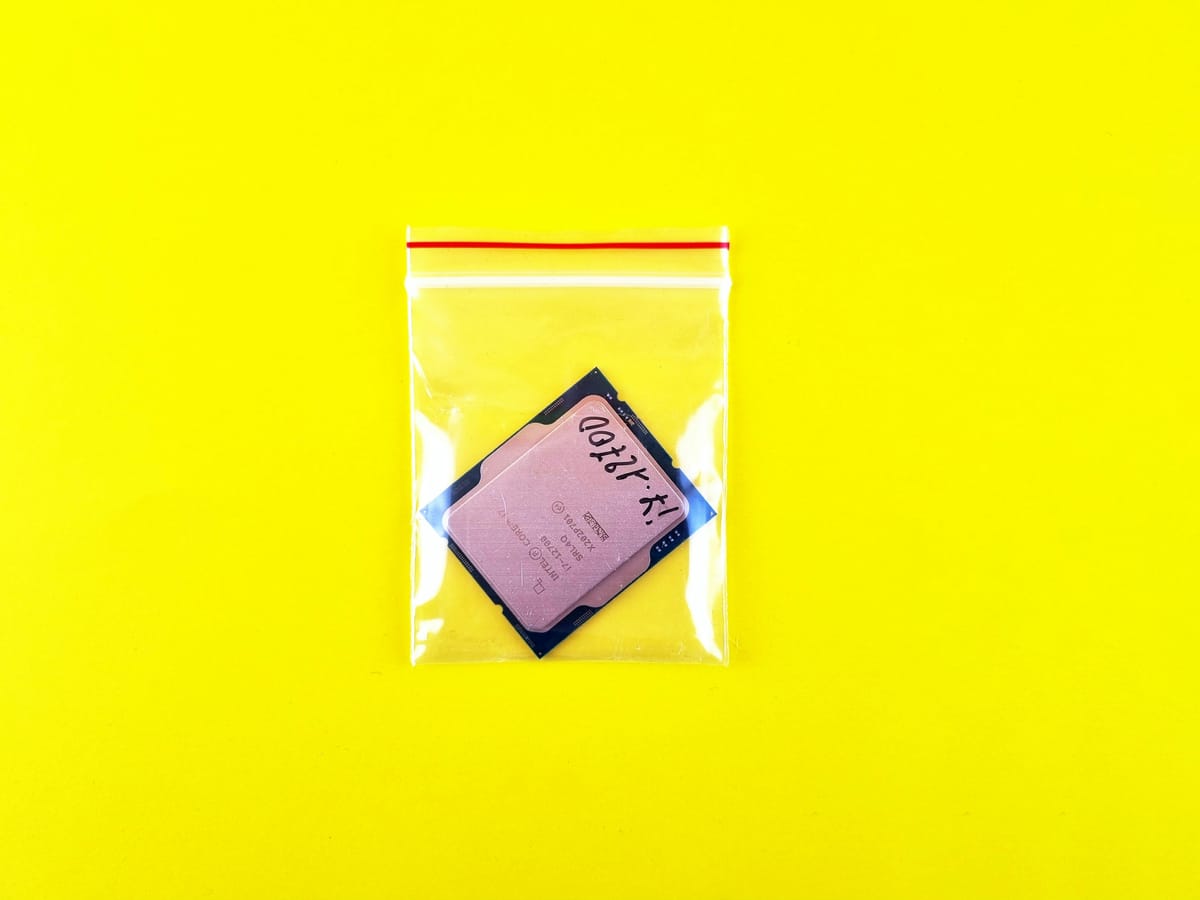Alert of Using Ziploc

TL;DR – Yellow Alert
Ziploc-type bags shed micro- and nanoplastics when you heat, freeze, or repeatedly unzip them [as the lawsuit said]; switch to glass or stainless steel for hot or frozen foods.
Why the alert is YELLOW (Use with Caution)
- Lab evidence: Polyethylene food bags release trillions of plastic particles in hot water and during zipper friction.
- Label gap: “Microwave-safe/freezer-safe” wording omits any microplastic warning. A 2025 U.S. class-action suit calls this deceptive.
- Health unknowns: Animal and cell studies link ingested microplastics to inflammation and hormonal disruption, but human data remain limited.
Safer handling tips
|
Do |
Don’t |
|---|---|
|
Reheat food in glass, ceramic, or silicone containers. |
Microwave, sous-vide, or boil food inside thin plastic bags. |
|
Freeze liquids in tempered-glass or stainless-steel vessels. |
Thaw or cook frozen items in the same plastic bag. |
|
Gently hand-wash bags with cool water if you must reuse them. |
Aggressively flex, twist, or scrape the zipper tracks. |
Bottom line
Ziploc bags are convenient, but current research—and an active lawsuit—suggest they can add to your daily microplastic intake under heat or cold stress. Until manufacturers provide clearer guidance, treat them as single-use room-temperature storage only and upgrade to sturdier, inert containers for anything hotter than a picnic cooler or colder than your fridge.